When it comes to Polish entries on the prestigious UNESCO World Heritage List, religious buildings loom large, particularly ancient wooden churches and tserkvas (Orthodox churches), which can be found throughout southeastern Poland and western Ukraine. Places of worship account for all six of the UNESCO sites found in Podkarpackie, though the actual number of stunning wooden churches throughout the region is over 100.
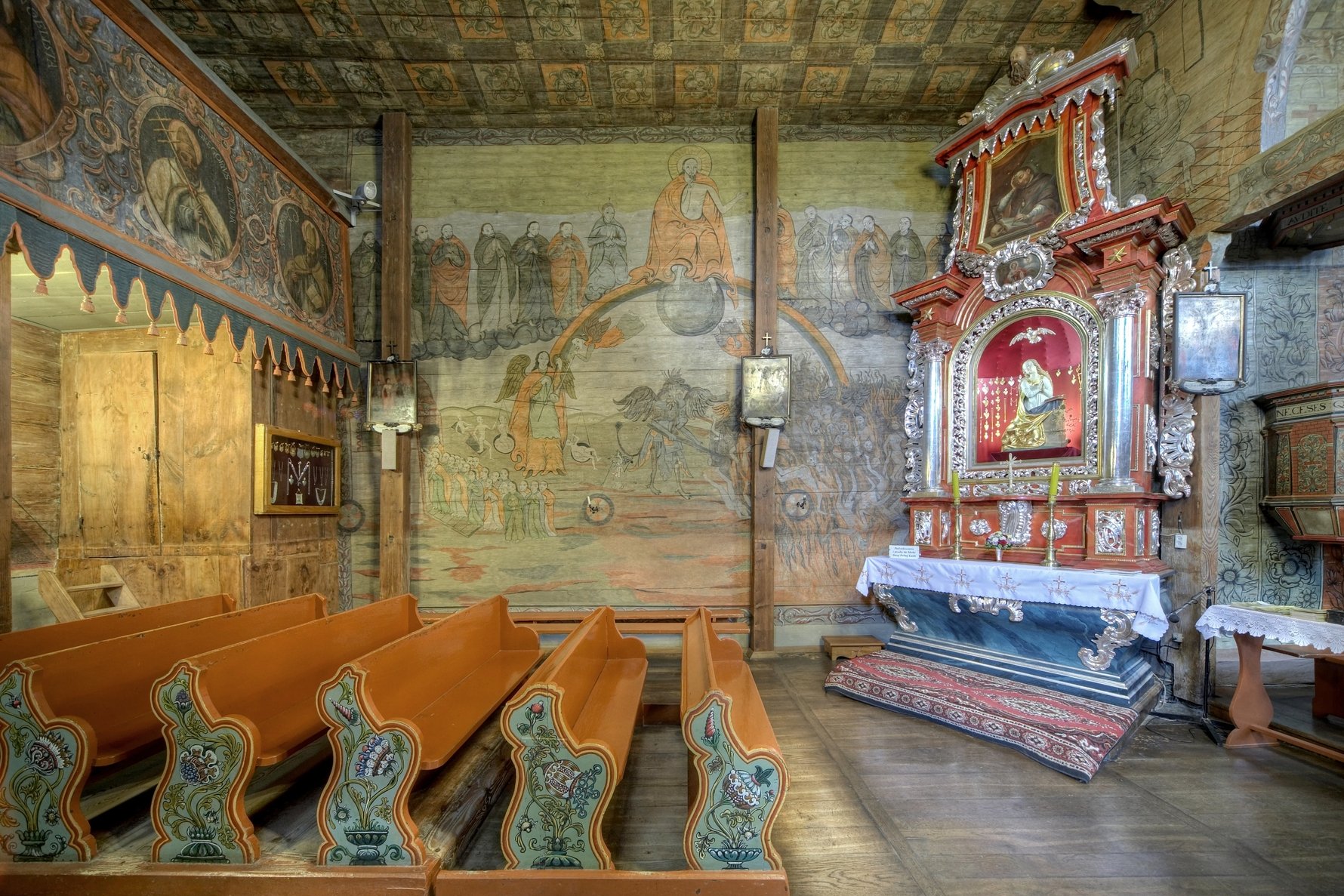
As it happens, the UNESCO list is not the only to laud Podkarpackie’s churches. You’ll find many more on the Wooden Architecture Route (Szlak Architektury Drewnianej) - a tourist trail connecting hundreds of sites across Poland and Ukraine. These sites make easy diversions and are essential for any visitor interested in the rich heritage of the area. Visit the website for more information, and see you on the route!
Wooden Churches of 'Southern Małopolska'
Unfortunately for Podkarpackie, the voivodeship’s first UNESCO World Heritage Sites hit the List in 2003 under the implication that they are actually located in neighbouring Małopolska. Apparently UNESCO was taking a more ‘historic’ view of the Małopolska region when lumping the ancient wooden churches in the Podkarpackie villages of Blizne and Haczów in with those firmly within Małopolska in Binarowa, Dębno, Lipnica Murowana and Sękowa. These six were selected, per UNESCO, for being “the best preserved and oldest wooden Gothic churches that are characteristic of this region. The churches represent a unique example of the tradition of medieval timber-built churches in Roman Catholic culture. They were built using the horizontal log technique, which was commonplace in Northern and Eastern Europe during the Middle Ages. The range of idiosyncratic structural solutions employed in their construction, however, rendered them unique.”1. Blizne Parish Church of All Saints & its Complex
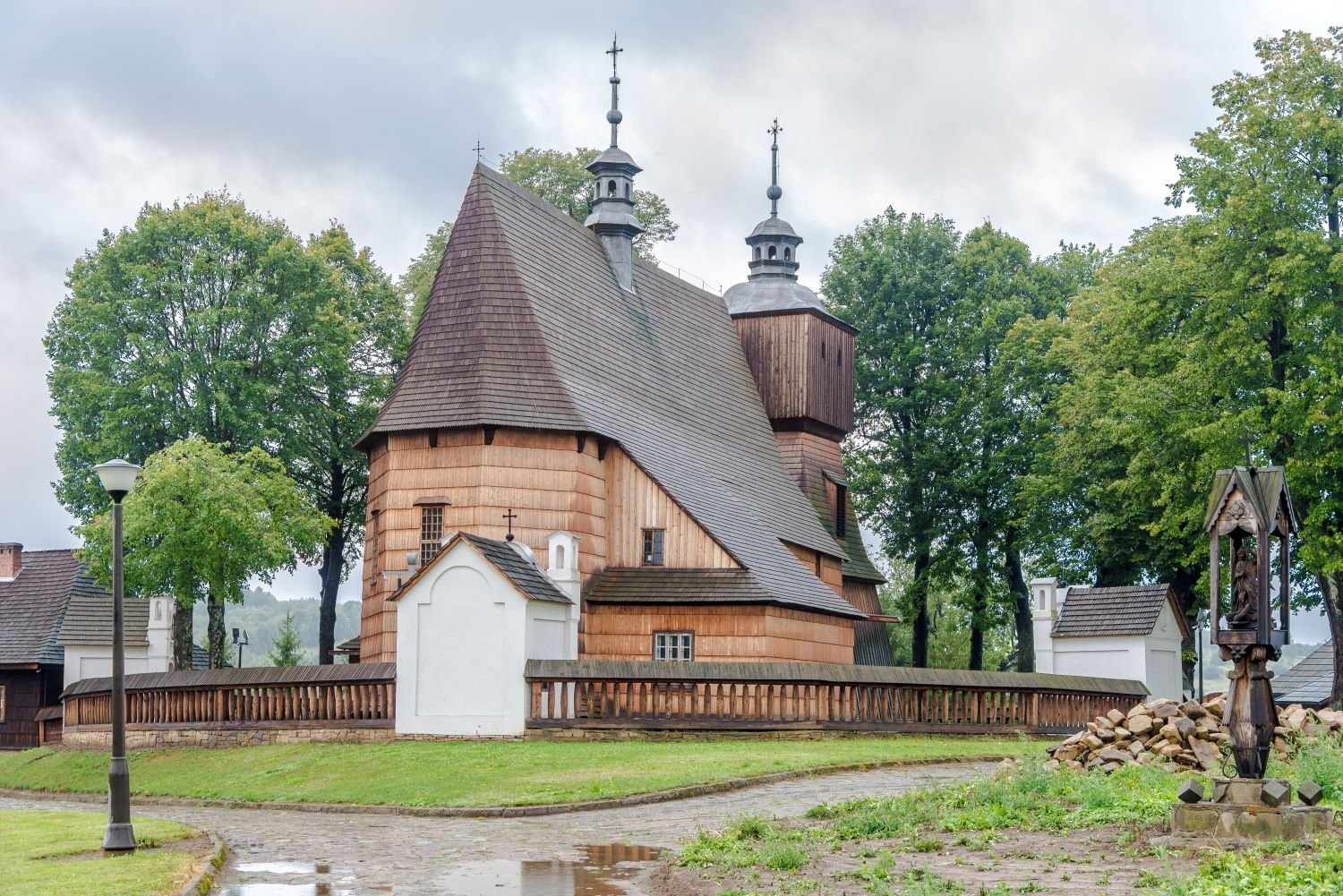
A fine example of regional wooden architecture from the late 15th century, this Roman Catholic Church boasts wall paintings from the 1500s, including a particularly well-preserved series showing the Passion of Christ, and the illusion of having a coffered ceiling. A venerated figure of Madonna from the early 1500s also survives. Originally the church was surrounded by defensive walls, and in 1674 it successfully repelled a Tatar invasion, as a nearby shrine upon St. Michael's Hill commemorates. Several other wooden buildings immediately outside the church form a small ethnographic park, including the vicar's house - which predates 1699 and today holds the parish museum, the organist's house from 1866, and a 19th century granary.
2. Haczów Parish Church of the Assumption of the Blessed Virgin Mary
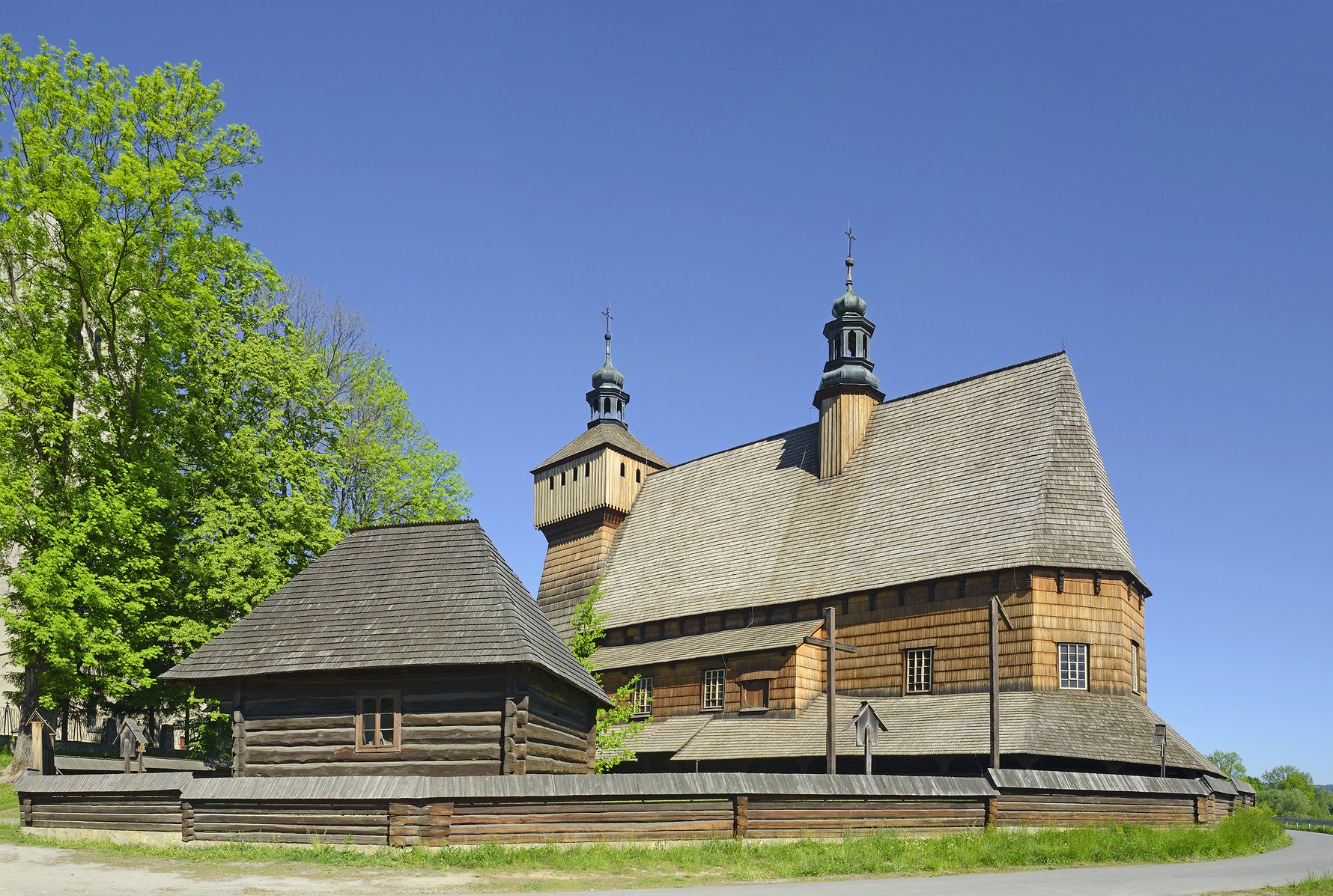
First built in the 1450s or '60s, this is the oldest and largest wooden Gothic church in Europe. The nave and chancel walls are stunningly decorated with polychrome paintings dating from 1494 - probably the oldest in Europe. Inside visitors will also see many original church furnishings, including a late Gothic sculpture of the Holy Mother and Child, a 16th-century stone baptismal font, a 17th-century altar, and a copy of a Gothic Pietà from 1400 (the original is in the brick church next door). Outside lies a small wooden granary, and make sure you see the barn mural by Arkadiusz Andrejkow only 100m away at Haczów 601; additional murals can also be seen nearby at Haczów 540 and Haczów 443.
Wooden Tserkvas of the Carpathian Region
In 2013, UNESCO inscribed 16 wooden Orthodox (and some Eastern Catholic) churches - 8 of which are contemporarily located in Ukraine, and 8 in Poland, of which 4 can be found in Podkarpackie. Built between the 16th and 19th centuries by communities of Orthodox and Greek Catholic faiths, according to UNESCO these tserkvas “bear testimony to a distinct building tradition rooted in Orthodox ecclesiastic design interwoven with elements of local tradition, and symbolic references to their communities’ cosmogony. The tserkvas are built on a tri-partite plan surmounted by open quadrilateral or octagonal domes and cupolas. Integral to tserkvas are iconostasis screens, interior polychrome decorations, and other historic furnishings.”In addition to being beautiful, old and rare, Podkarpackie’s wooden churches are inextricably linked to the Lemko and Bojko ethnic minorities that inhabited this area for centuries, and whose descendents still do today.
3. Chotyniec Greek Catholic Church of the Nativity of the Most Holy Mother of God
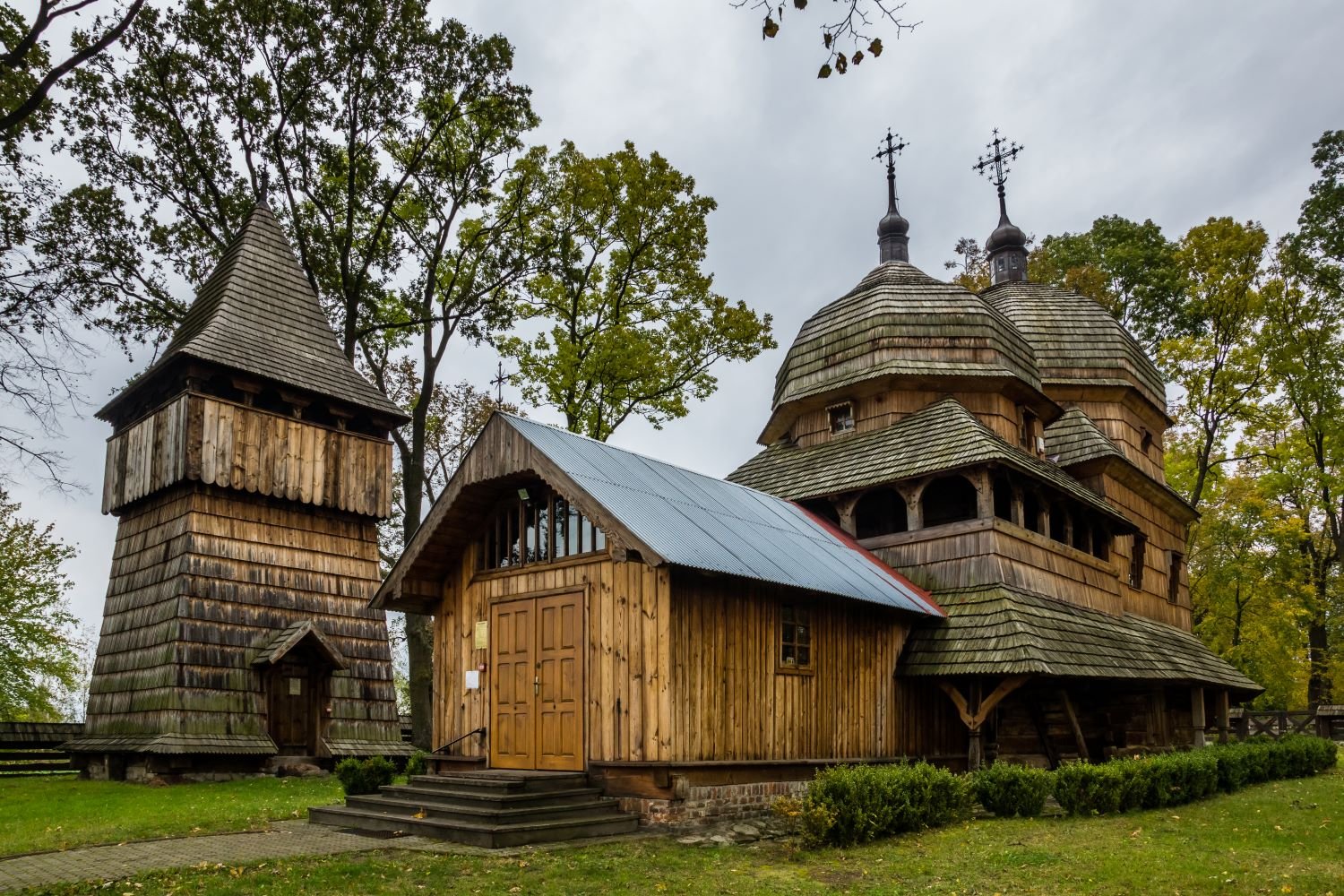
One of the oldest and finest examples of wooden religious architecture in Poland, the tserkva in Chotyniec was built around 1600. The Greek Catholic community here was so large that one service could not accommodate everyone, but church rules forbade more than service per day; the second chapel was a cheeky way of getting around this rule and having a second service at the same site, but 'different church.' This second chapel even had it's own iconostasis. Following post-war population shifts, the building was briefly used as a Roman Catholic church; it was reclaimed by Greek Catholics in 1990 and is one of the few tserkvas in use in Poland today. The interiors have mostly been preserved, including a large 1735 polychrome of the Last Judgement - complete with winged demons.
4. Radruż Orthodox Church of St. Paraskeva
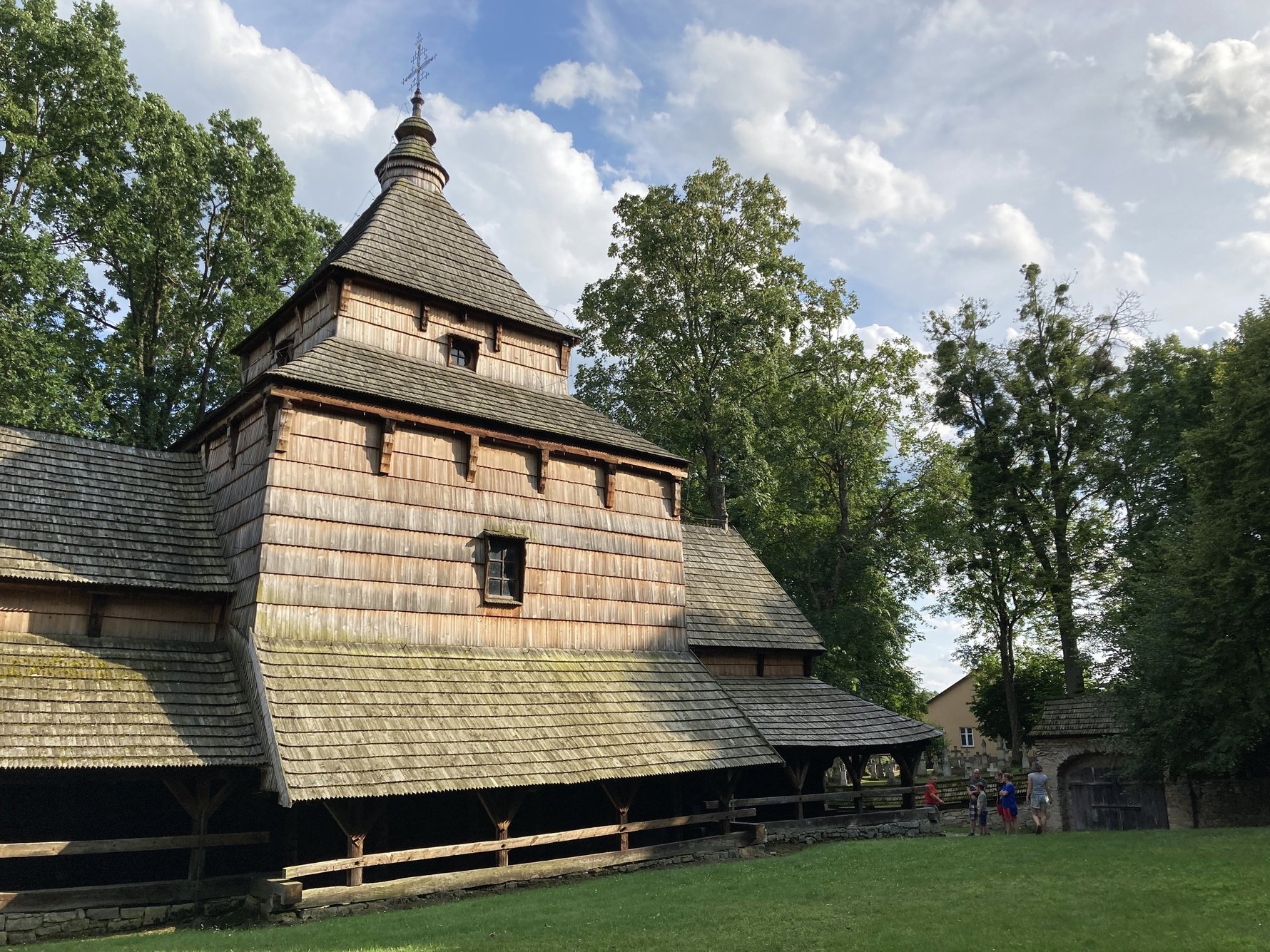
Located just metres from the Ukrainian border, the sublime 16th-century tserkva in Radruż is one of the oldest wooden Eastern Orthodox churches in Poland. Strikingly, in the nave and the chancel, the original polychrome decorations and iconostasis have survived, as have original altars from the 1700s. When the local population was forcefully expelled following World War II, the building lay dormant until its restoration in the 1960s, during which eight ‘shilling’ coins from 1665 were found. The complex includes a wooden belltower, two stone outbuildings, a surrounding stone wall from 1825 and two historic cemeteries.
5. Smolnik Greek Catholic Church of St. Michael the Archangel
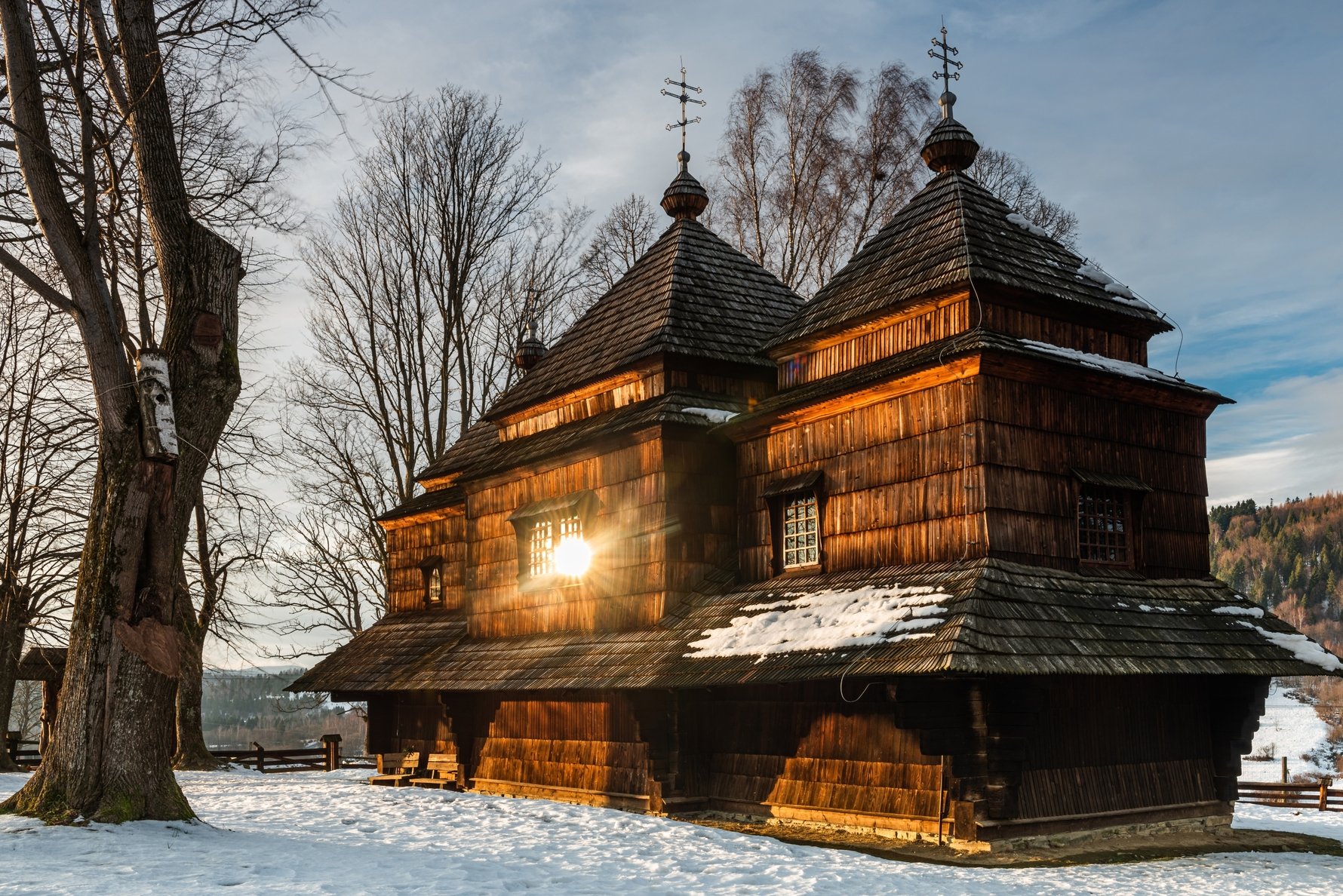
Built in 1791, the church in Smolnik displays an archaic style of construction used by the Boyko ethnic group, and is one of only four such buildings surviving today. In 1951 the local Boyko community was forcibly relocated, their houses dismantled and the abandoned tserkva used as hay storage. The church interiors were whitewashed, sadly destroying the original wall paintings, and many furnishings were also lost. Restoration works took place in 1969-73 using only traditional, manual methods, meaning no mechanical tools. Upon completion, religious functions returned to the building and are ongoing, presently under Roman Catholicism. Nearby to the tserkva lies a cemetery.
6. Turzańsk Greek Catholic Church of St. Michael the Archangel
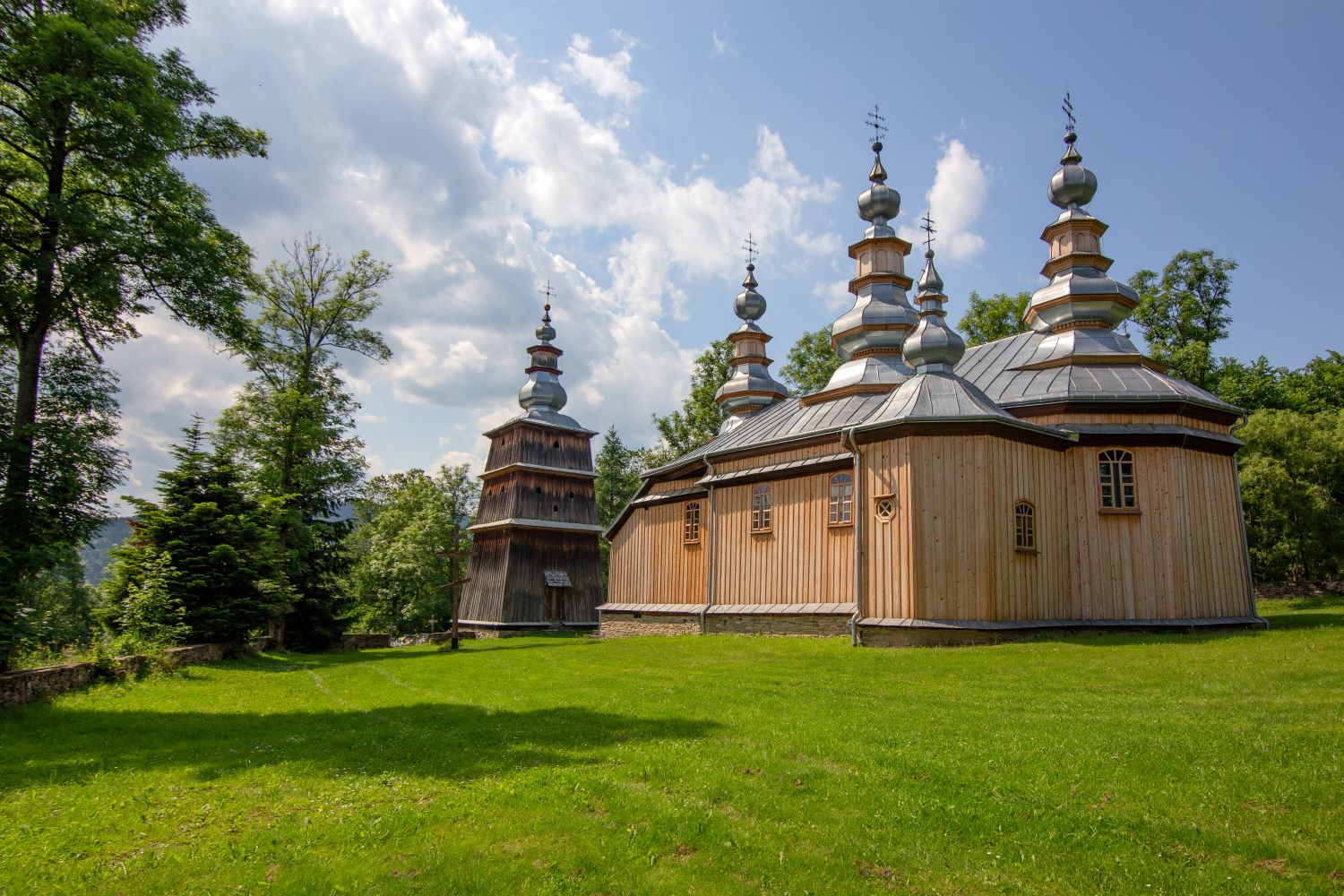
The history of this Greek Catholic church is directly tied to the Lemko community that built it in 1801-03. The architecture is typical of Lemko houses of worship, and Lemko iconography is evident in the interior polychromes, which depict Christ visiting a Lemko family, a Lemko sowing grain and other scenes. There is also a mountain landscape painted over the iconostasis. Following the mass deportations of Lemkos after World War II, the building was adopted by a Roman Catholic parish. When Lemkos returned to Turzańsk in 1963, they reclaimed it and it is still an active Lemko place of worship today. Outside you'll find a 3-storey wooden belltower from 1817, and a small cemetery nearby.
Carpathian Beech Forest Region
For the sake of completionism, we must also mention that several select acreages within Bieszczady National Park were also added to the UNESCO World Heritage List in 2021 as part of a ‘transnational serial nature site’ under the title ‘Ancient and Primeval Beech Forests of the Carpathians and Other Regions of Europe.’ Encompassing 94 separate forests across 18 European countries, this designation aims to protect the world’s largest and least-disturbed forests predominantly populated with beech trees (‘buk’ in Polish). Of these the Carpathian Beech Forest Region is the largest, covering 29,278.9ha, 70% of which is in Ukraine.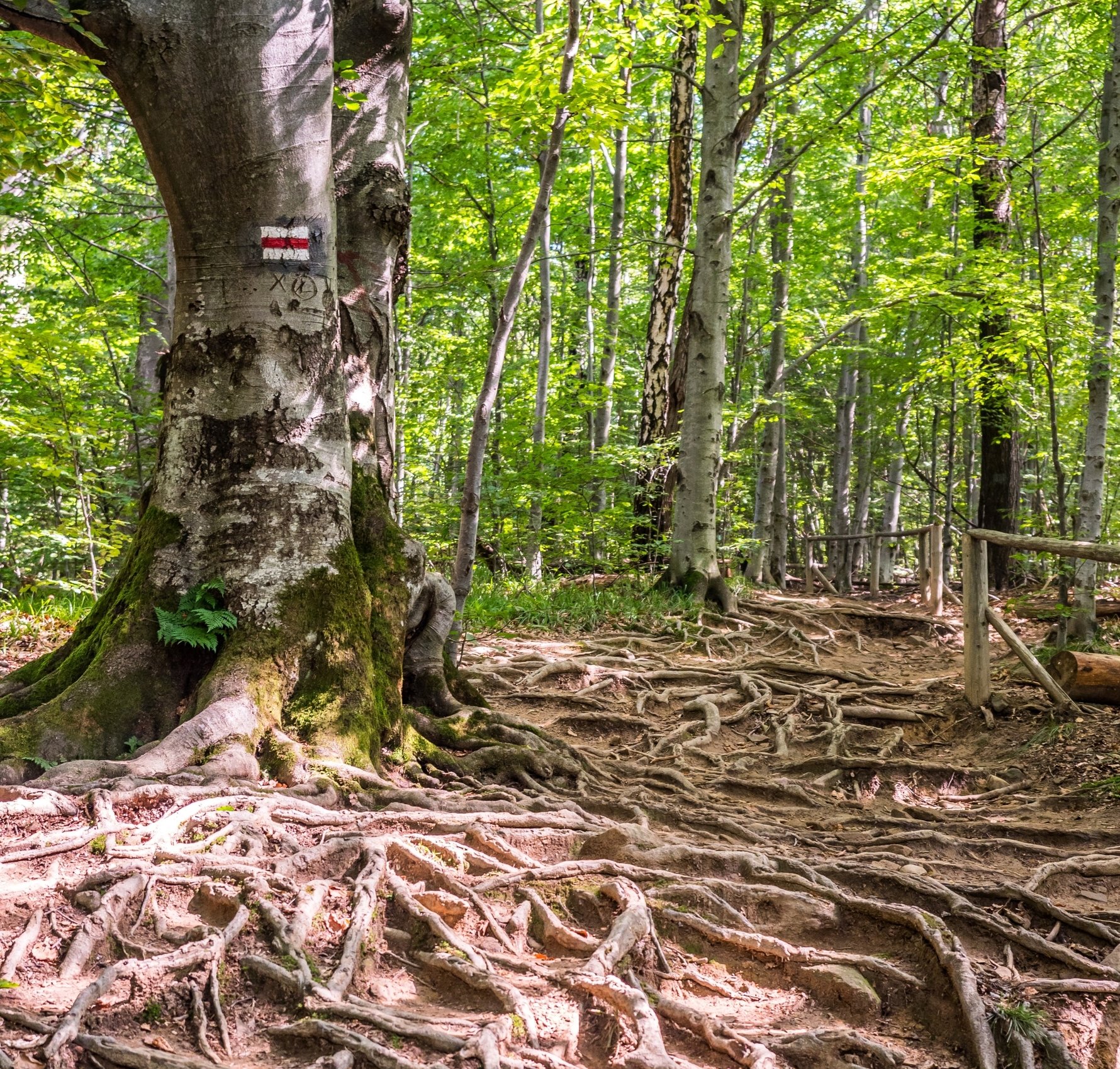



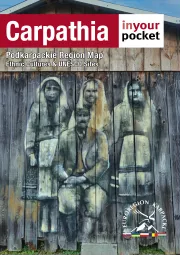
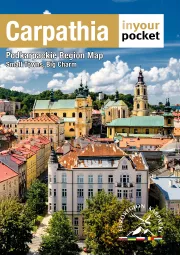

Comments